5 Daily Yoga and Wellness Practices to Cultivate Resilience
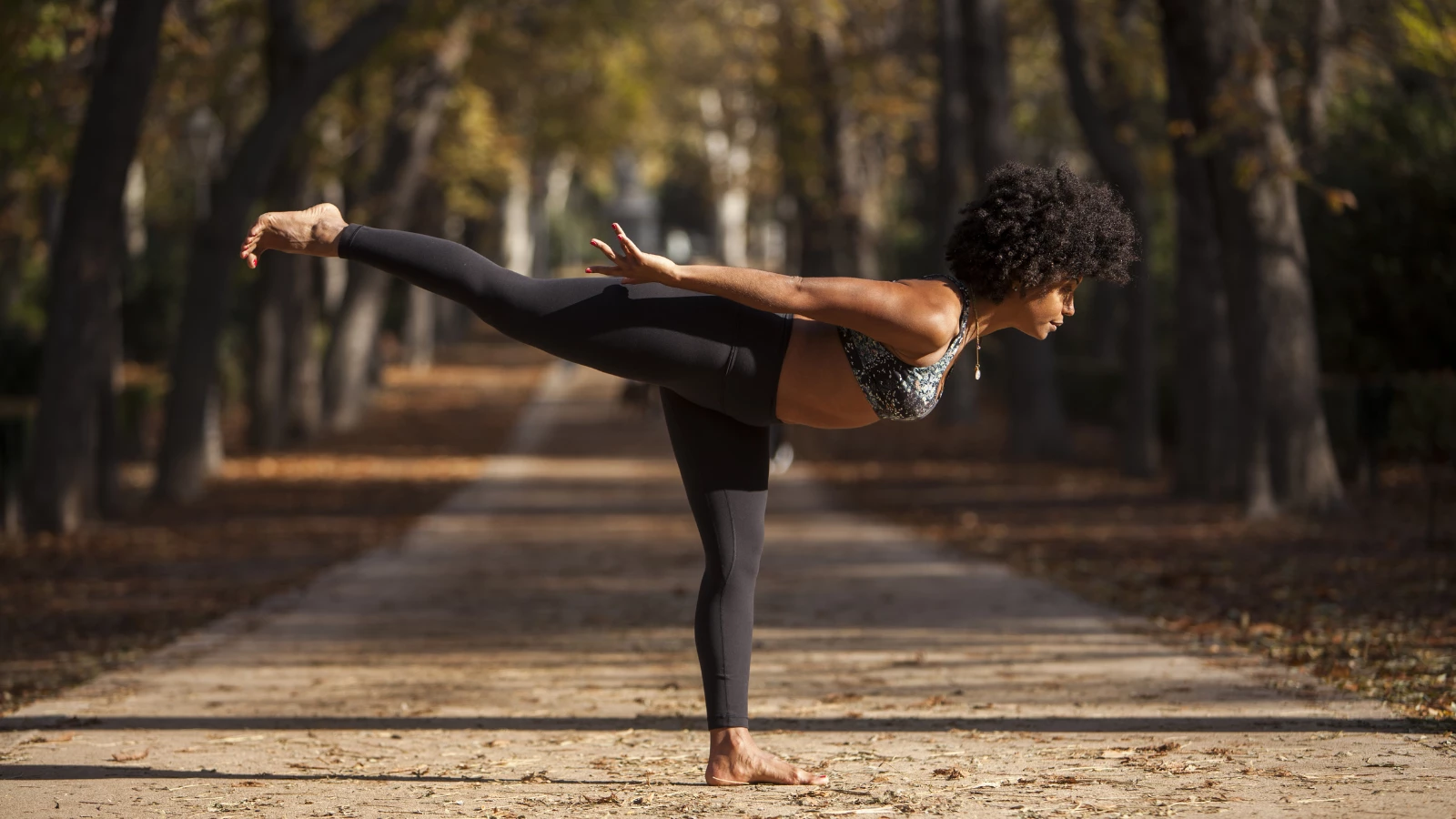
Resilience is more than just a buzzword; it’s the new way of life. From the tragedy, financial hardship, social injustice, and loss of livelihoods that colored the COVID-19 pandemic in 2020, humanity is now emerging stronger. But what does resilience truly mean? This article explores the concept of resilience and presents yoga, mindfulness, and wellness practices to expand our portfolio of protective factors for resilience.
What is Resilience?
Stated simply, resilience is the capacity to “bounce back” from adversity. Rather than being a gift, some may be blessed with it from birth. We can become resilient by surviving, adapting, and growing in the face of hardship. Failures and fiascos inevitably occur as part of the process of being human, but whether we react to them with suffering or grace is what sets a fragile person apart from one who is resilient.
While working as a researcher for a six-week trauma-informed yoga curriculum implemented in adult correctional facilities in 2018, I was introduced to the Resilience Portfolio Model (1). Our research team used this model to explore the impact of the trauma-informed yoga curriculum on participants’ capacity to build resilience and cope with the trauma associated with incarceration.
Within the Resilience Portfolio Model, an individual’s resilience is conceptualized as being molded by their assets, resources, psychological health, coping behaviors, and lifetime exposure to violence. This model’s creators, psychologists Grych, Banyard, and Hamby, define “assets” to represent inner strengths that promote healthy functioning. Assets can be broken down into regulatory strengths like emotional regulation, interpersonal strengths like compassion, and meaning-making strengths like spirituality.
In addition, “resources” comprise sources of support that are outside of oneself. The authors characterize resources as supportive relationships and environmental factors like access to community spaces. Together these assets and resources form our “portfolio” of protective factors that enhance our ability to cope with adversity.
How can we strengthen our inner and outer strengths that promote resilience? Inspired by the Resilience Portfolio Model, I present five daily practices that can be explored to nurture our portfolio of protective factors for resilience.
1. How to Practice Yoga for Resilience
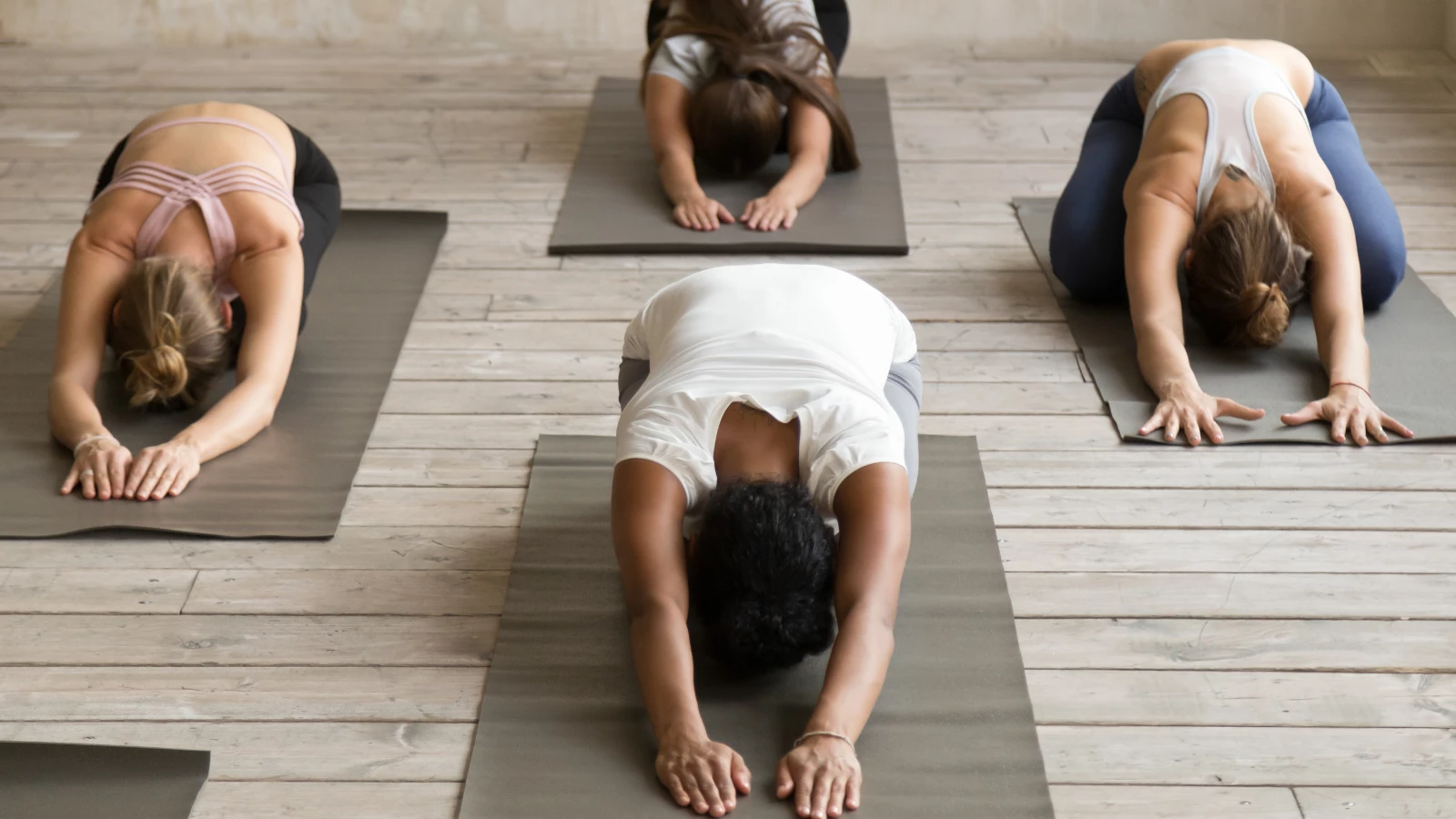
Learning to manage difficult emotions can allow us to meet challenges with a calm, level head rather than with reactivity. As yoga practitioners, many of us may already have felt the value of having a daily practice of asana (physical yoga postures) in regulating our emotions during life’s daily stressors. Practicing asana can teach us to distinguish between pain and discomfort in a posture, a skill we can take off the mat to understand our emotional limits.
Also, practicing pranayama (breathing techniques) like Nadi Shodhana (alternate nostril breathing) or counting the breath can be key practices that can allow us to quickly and discreetly find our center amidst stressful situations. One of my favorite breath practices is Chandra Bhedana (Moon Piercing Breath), which emphasizes breath through the left nostril, signifying lunar, cooling energy.
- To practice Chandra Bhedana, sit comfortably and place the peace fingers of your right hand at the space between your eyebrows—a gesture symbolic of quieting the mind.
- Seal off your right nostril with your right thumb and inhale through the left nostril. At the top of your inhale, seal off your left nostril with your right ring finger and exhale through your right nostril.
- Repeat this cyclical breath, inhaling through the left side and exhaling through the right side for about 12 rounds of breath.
2. How to Create Compassion from Within
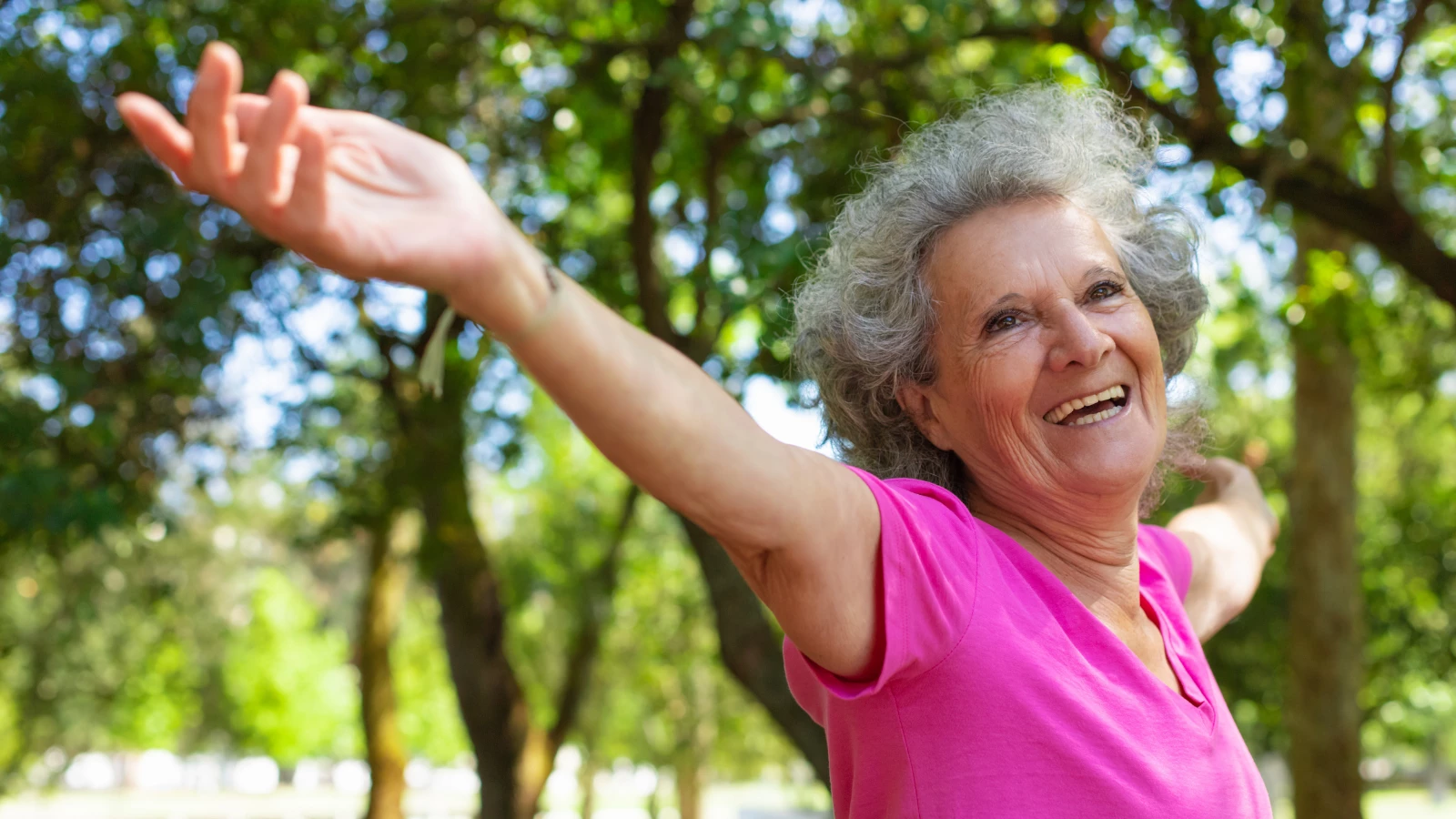
Compassion is an interpersonal skill that can allow us to relate to others. Showing compassion within our interactions with others can allow us to develop and nurture relationships that can be primary sources of support in the face of adversity.
Just as we can practice emotional regulation through asana and breathwork, we can practice compassion through lovingkindness (metta) meditation. During this form of meditation, we focus on sending benevolent energy toward ourselves, our communities, close relationships, and to individuals who may be harder to relate to.
- To practice lovingkindness meditation, find a comfortable position you can sustain for 5 to 10 minutes.
- Begin by reflecting on your deepest and most fundamental needs at this moment. Peace, happiness, safety, and health are all examples of words that may come to mind.
- Bring to mind someone close to you who could use these good wishes and silently wish them the words you’ve chosen. In your mind’s eye, you might repeat the following phrases: May you have peace. May you be happy. May you be healthy and safe.
- Next, bring to mind someone neutral who you neither love nor dislike, such as an acquaintance or a colleague from work. Bring this person to mind and silently repeat your chosen phrases for this person.
- Only if and when you feel up to it, bring to mind someone more challenging to like or relate to.Thinking of this person, direct your chosen phrases of kindness to them.
- Finally, expand your thoughts to include a wider group of individuals, such as the community you live in or all of humanity. Direct your phrases of kindness to everyone who is part of this circle, silently stating: May we have peace. May we be happy. May we be healthy and safe.
3. Learn to Surrender
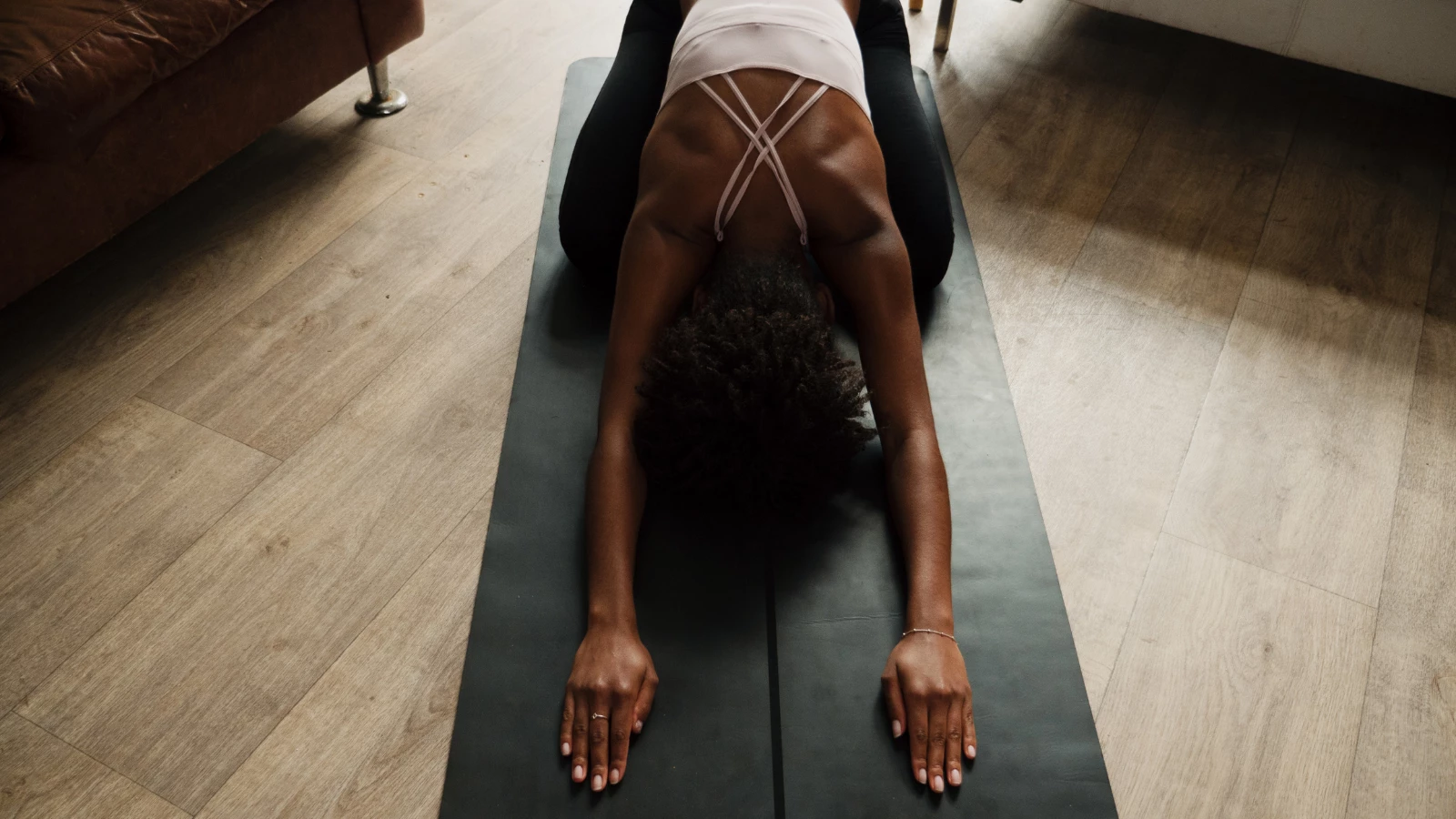
Having the inner resources to make meaning of our lives can allow us to grow from life’s challenges. Spirituality is considered to be a meaning-making strength because it provides a clear sense that our lives have a higher purpose. In yoga, our connection to a higher power is called Ishvara Pranidhana, and it is the fifth niyama (personal observance) in Patanjali’s Yoga Sutras.
Devoting our attention to something greater than ourselves can allow us to make meaning of adverse experiences. Whether we find higher meaning through God, Allah, Hindu deities, or through awe of nature, we can practice Ishvara Pranidhana daily. Watch the sunrise, read a sacred text, create an altar, go for a walk in the woods, or find another way to connect with divinity in whichever way resonates.
4. Nurture Supportive Relationships
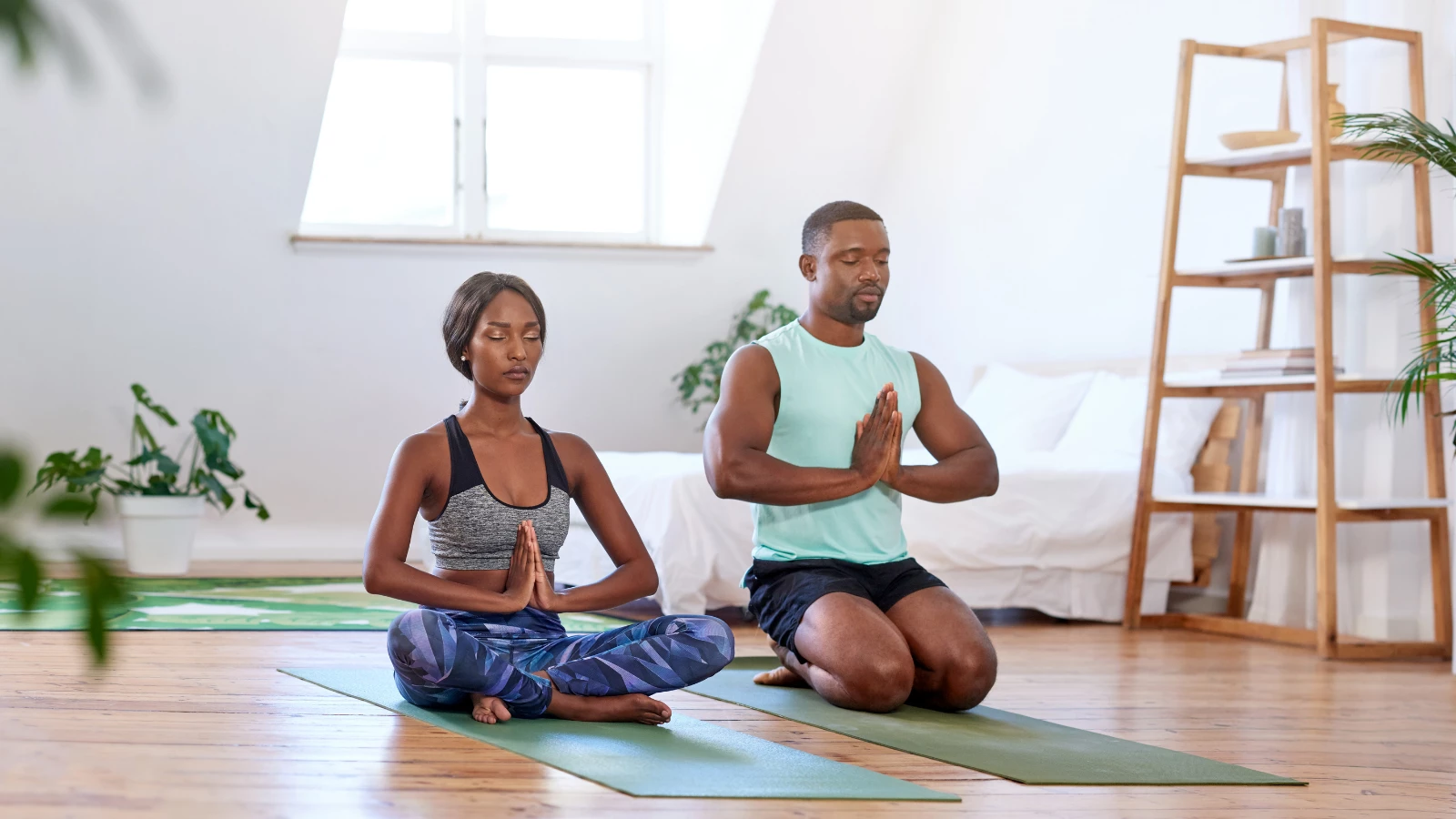
Supportive relationships can be essential to our ability to cope during tough times. Just as we need to practice asana regularly to reap its rewards, close relationships need to be nourished with consistent communication.
In the virtual world that many of us currently inhabit, it can be even more important to be creative in staying connected with close friends and family members. The internet provides unique opportunities to engage in activities like online yoga classes, film-watching parties, or digital dinner dates with connections across the world. If it’s challenging to reach out to loved ones through calls, texts, or video conferencing, sending letters the old-fashioned way can be a thoughtful way to let them know they are in your thoughts.
5. Support Community Organizations

Community organizations are part of what the authors of the Resilience Portfolio Model consider to be “environmental factors” that promote resilience. Yoga studios, local cafes, homeless shelters, soup kitchens, or churches may be among the organizations that can help to promote what the authors call “cultural resilience,” or adaptation in the face of adversity that occurs at a community level. Committing to support local businesses and nonprofits through the end of the pandemic may create stronger, more resilient communities that band community members together through networks of social support.
We can make supporting community organizations a part of our daily routine by contributing our time or money to organizations we value. Daily actions to support community organizations could be as small as signing up for a virtual yoga class with your local studio or volunteering to teach a donation-based yoga class as a fundraiser for a local non-profit.
Small actions add up to build our resilience portfolio. Each day, we can invest in the inner strengths and outer resources that make us stronger in the face of adversity. Collectively, these actions can make us stronger, more resilient individuals and communities.
Also, read...
Yoga to Soothe Mind and Body: How to Practice Supported Pigeon Pose
Oct 24 – Leza Lowitz
Study: Yoga Can Help Foster Greater Mind-Body Integration – The Four Stages of Body Awareness
Sep 27 – Eva Norlyk Smith, Ph.D.
What Your Body Tells You Can Protect You From Stress, Study Suggests
Aug 17 – Dr. B Grace Bullock
Related courses

Lacey Ramirez writes for YogaUOnline and is an RYT-500 & ERYT-200 yoga teacher, global health researcher, and writer based in St. Louis. Through her work, she seeks to make yoga accessible, inclusive, and equitable.
Lacey discovered yoga as a tool for centering during her years as a competitive runner. Since then, yoga has served as a way to connect with her body throughout her experience of pregnancy and parenthood. She teaches because she hopes others can use this sacred practice for calming, healing, and transformation.
As a yoga teacher, Lacey specializes in teaching restorative, Yin, prenatal, and trauma-informed Vinyasa yoga. She has also completed birth doula and prenatal/postnatal barre certifications and trainings. Additionally, she holds a Masters of Science in Global Health and Population from Harvard T.H. Chan School of Public Health. To learn more and connect, visit her website laceyramirez.com
References
- Grych, J., Banyard, V., & Hamby, S. (2015). The resilience portfolio model: Understanding healthy adaptation in victims of violence. Psychology of Violence, 5(4), 343-354.
Recent articles
In Celebration of Gray-Haired Yoga – Busting the Myth of the Yoga Body
Dec 12 – Charlotte Bell
4 Yoga Poses to Help Ease High Blood Pressure
Dec 08 – Stanley Clark
Categories
Upcoming courses
Reconnecting with Strength: Your Path to Building Greater Inner Resilience
With Arielle Schwartz
Recent articles
Almost there...
Sorry, we couldn't find anything...
Yoga Practice Tips
In Celebration of Gray-Haired Yoga – Busting the Myth of the Yoga Body
I found my first grey hair when I was 22. It wasn’t completely shocking.…
Dec 12 – Charlotte Bell
Yoga Practice Tips
Judith Hanson Lasater on The Art of Teaching Yoga: Making Every Movement an Asana
Judith Hanson Lasater is one of the longest-teaching yoga teachers in the U.S. In…
Dec 09 – By:
Blood Pressure
4 Yoga Poses to Help Ease High Blood Pressure
Approximately 46 percent of Americans have high blood pressure, based on the American Heart…
Dec 08 – Stanley Clark



